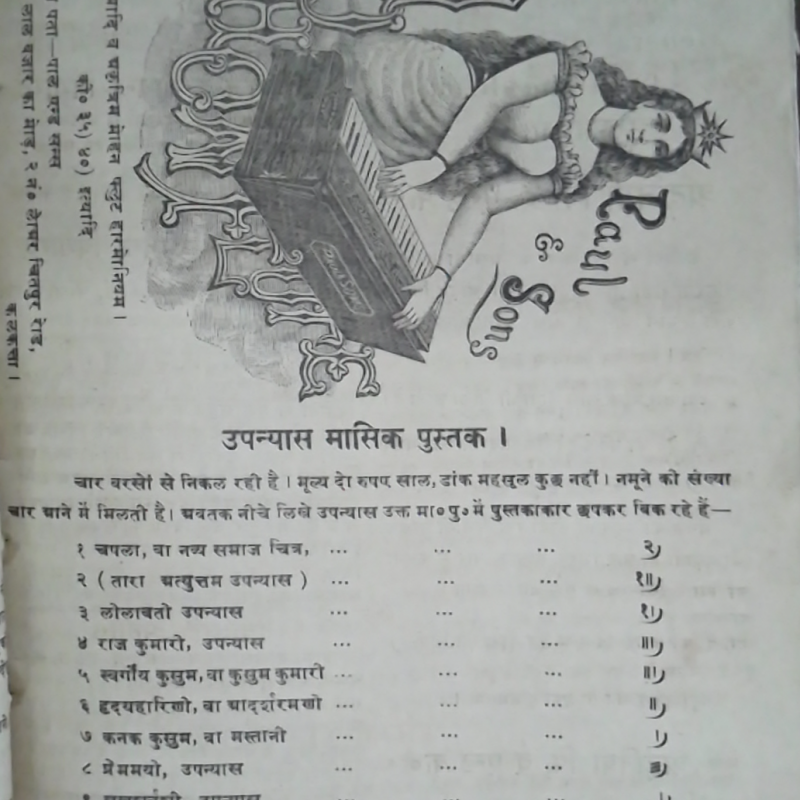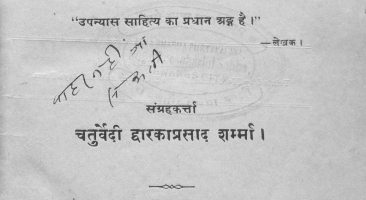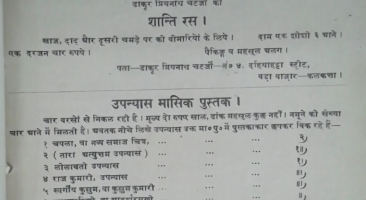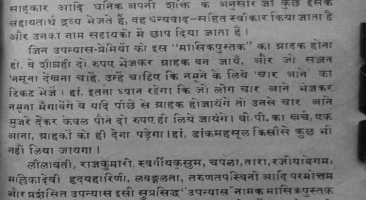History emerged as a contentious issue between the coloniser and the colonised in nineteenth century colonial India. Through works such as James Mill’s The History of British India (1818–1823), the British legitimised their rule in India by writing histories where they absorbed the history of India within the history of Britain. Here, the idea of change became central and the Hindu past was rejected as stagnant, and thereby, inferior. The colonised nationalist elites responded to this by writing their own histories where they sought to reclaim their identity.
During this period, history writing for the Hindu elites was not just an agenda in power but also a way of providing a historical basis of Hindu superiority in domains such as intellectual, moral, and martial for the erstwhile reading public. It was here that the exalted ideals of Hindus were extolled in an idealised space-time and anything Muslim was marked as ‘foreign contamination’, under whose rule the Hindu jati suffered abuse and underwent degeneration. This happened most systematically in the literary practices of colonial India, and the genre of historical novel played a significant role in such reconceptualisation of the Hindu past.
One of the earliest and most productive proponents of the genre of historical novel in Hindi was Kishorilal Goswami (1864–1932). He not only pioneered the subgenre of historical novels in Hindi but was also responsible for putting the genre of novel at the pinnacle of Hindi literary culture in the late nineteenth and early twentieth centuries.[1] Literary criticism in Hindi has failed to engage seriously with early historical novels that appeared with the work of Kishorilal Goswami. At best, it has regarded these early experiments in the genre as a stepping-stone for the works of later writers like Vrindavan Lal Verma or as ‘unrealised potential’ at worst.[2] Amidst an ongoing battle to reclaim history, it becomes pertinent to understand the ideological roots of this battle as exemplified in the literary experiments of colonial India.
Notes
[1] Shukla, Hindi Sahitya ka Itihas; Rai, Hindi Upanyas ka Itihas.
[2] Chug, Aitihasik Upanyas; Khullar, Aitihasik Upanyas aur Aitihasik Romance: Premchand Purva.
Bibliography
Shukla, Ramchandra, Hindi Sahitya ka Itihas. Vani Prakashan, 2018.
Rai, Gopal, Hindi Upanyas ka Itihas, Vani Prakashan, 2005.
Chug, Satyapal. Aitihasik Upanyas. Rajkamal Press, 1974.
Khullar, Gurdeep. Aitihasik Upanyas aur Aitihasik Romance: Premchand Purva. Research Publications in Social Sciences, [1976?].



